Ancient Celebrations of the Christmas Holiday
Background
People celebrated Christmas or indulged in Christmas-like celebrations years ago before the birth of Jesus Christ, and each culture had its own celebration and myth.
Christmas by far is one of the oldest holidays, if not the absolute oldest one in the world. The culture of celebrating Christmas either in the winter seasons or the warm summer (In Australia) is a common cultural event shared across the world. No matter what the religion or the beliefs, Christmas is celebrated in one way or another.
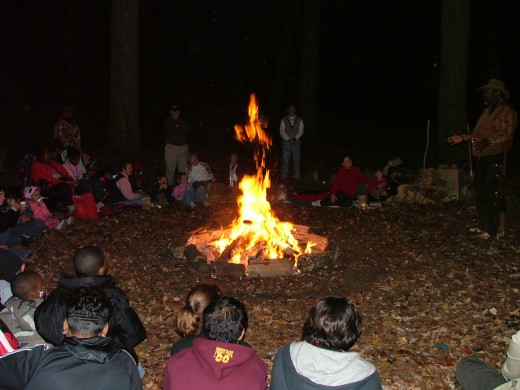
Winter Solstice
Before the birth of Jesus Christ, people across Europe found time to celebrate on December 21st. It was called the winter solstice. This time of the year in the northern hemisphere was a time to celebrate and rejoice as the worst or most difficult time of the year would now be behind them. It was also when days begun to be longer than nights, which allowed people to spend more time on their farms and with their crops and animals.
Every culture had its own way to celebrate the Winter solstice. For example, in Scandinavia the males in the family would go into the forest and pick a tree and cut it down together. Then they would take a big part of its log, cut it out and carry it back to their residence. This part would be then called a Yule Log, and this log would then be burned in the fireplace. The family would have a huge feast every time that Yule Log burned in the fireplace. That Yule Log would stay in the fireplace and burning for twelve days. As it burns, sparks would come out of the fireplace, and it was believed in Scandinavia that every spark stood for a farm animal that is going to be born this year.
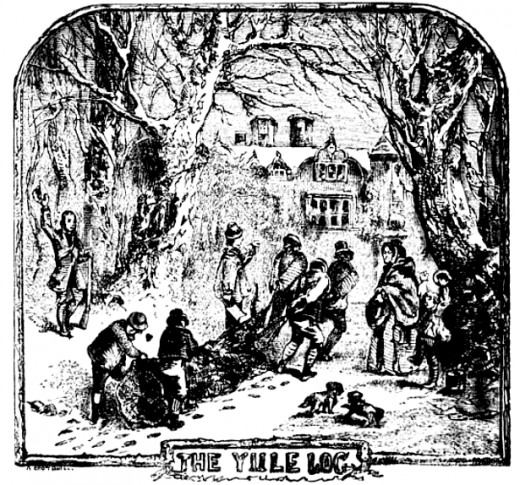

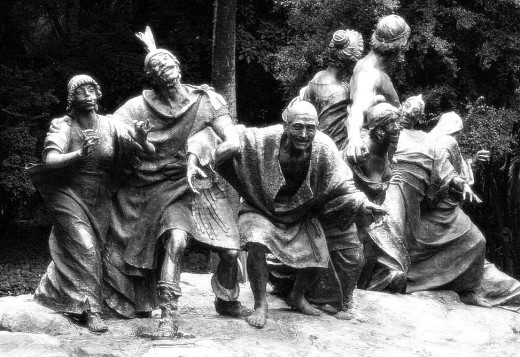
Saturnalia
Before the existence of Christmas, another culture that celebrated somewhat similarly was ancient pagan Rome. The celebration was called Saturnalia, and it was a celebration in the honor of Saturn, their god of agriculture. During the time of that celebration all of Rome would be in a state of social rejoice and happiness. They all celebrate with each other; peasant and servants would celebrate with higher class people, which is something that never happened in the days of pagan Rome. That celebration would last for seven days. People of Rome really lived up to the quote ‘eat, drink, and be merry’ to its limits. And of course, it was a national holiday, all shops and stores would close so people can go and celebrate and enjoy their amazing time during Saturnalia.
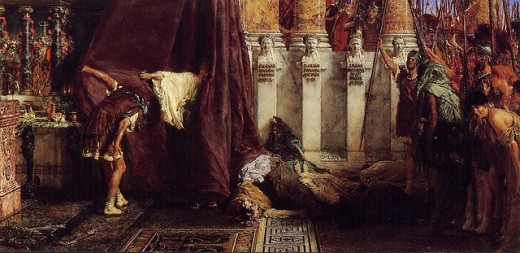

Mithra's Birthday
Another celebration that took place in pagan Rome was Mithra’s birthday. Mithra was an infant god who was carved out of a rock. It was also a time where people celebrate and enjoy their time, same as the previously mentioned celebration of Saturnalia. The day of Mithra’s birthday was the most holy day of the year for pagan Rome.
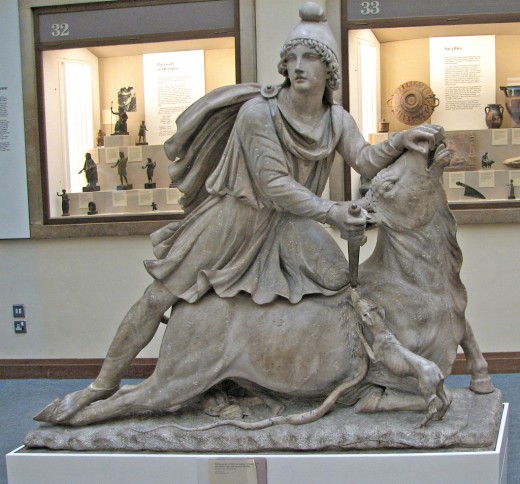

Christmas and Mistletoe Tradition
Do you find yourself contemplating the origins of our traditions? With the imminent arrival of Christmas yet again, I have decided to conduct some research related to the origins of some of the traditions we carry out during the holiday season. For instance, why do we use Christmas lights, candles, ornaments, and have mistletoe as decorations in our doorways? Even the most devout scrooge may find some of what I have found hard to believe.
Mistletoe has been recognized as a special plant since time immemorial. The ancient Celts used mistletoe in their healing rituals, as they believed it contained the soul of the mighty tree from which it was sourced. Mistletoe translates to “All Heal” in their ancient tongue.
Druids also used mistletoe central to one of their most intriguing ceremonies. Pagan priests would harvest the mistletoe from the boughs of trees, being careful not to let them touch the ground, which would likely contaminate it. The boughs were cut into sprigs and divided amongst the people, who would use it to protect themselves from the effects of evil and storms.

Mistletoe is also documented from even earlier times. One of them includes the resurrection of Balder, who was the god of the summer sun. Balder dreamed of his death, which rather dismayed his mother Frigga, who was the goddess of beauty and love. Frigga requested of all the elements, fire, air, water, and earth, that they spare her son’s life. Once she was assured that they would comply, she then advised Balder of his immortality.
Balder’s one and only enemy, Loki , god of evil, noticed that one plant had gone unnoticed by Frigga. This plant being mistletoe. Using a branch of mistletoe to create an arrow, Loki dipped its tip in poison. Balder’s blind brother, Hoder, was tricked by Loki into shooting the arrow into Balder, thus killing him. The four elements tried in vain to bring Balder back from the dead, but only Frigga was successful. The story goes that her tears were the berries from the mistletoe, and when they came into contact with Balder, he arose from the dead.
To celebrate her son’s new found life, Frigga kissed everyone who walked beneath the mistletoe tree, changing its reputation from one of poison to one of healing. A law was passed that anyone who passed under the tree is required to kiss in order to avoid harm.
It is a beautiful legend, one of which I think about every year while I am hanging the mistletoe decorations. Kissing under the mistletoe has faded somewhat in recent years so I am going to make sure I hang it in every doorway that I can this Christmas season.




